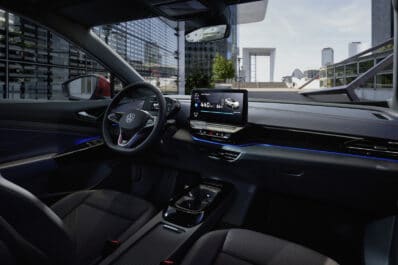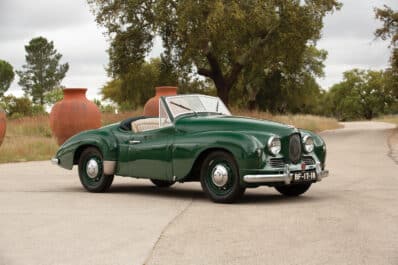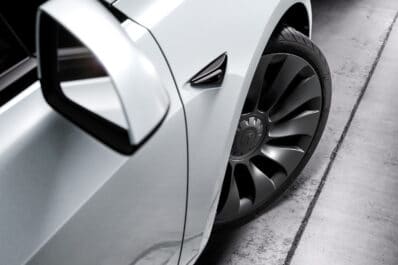What many are calling the most important Cadillac model in decades went into production on Monday, the Cadillac Lyriq becoming the luxury brand’s first-ever all-electric model.
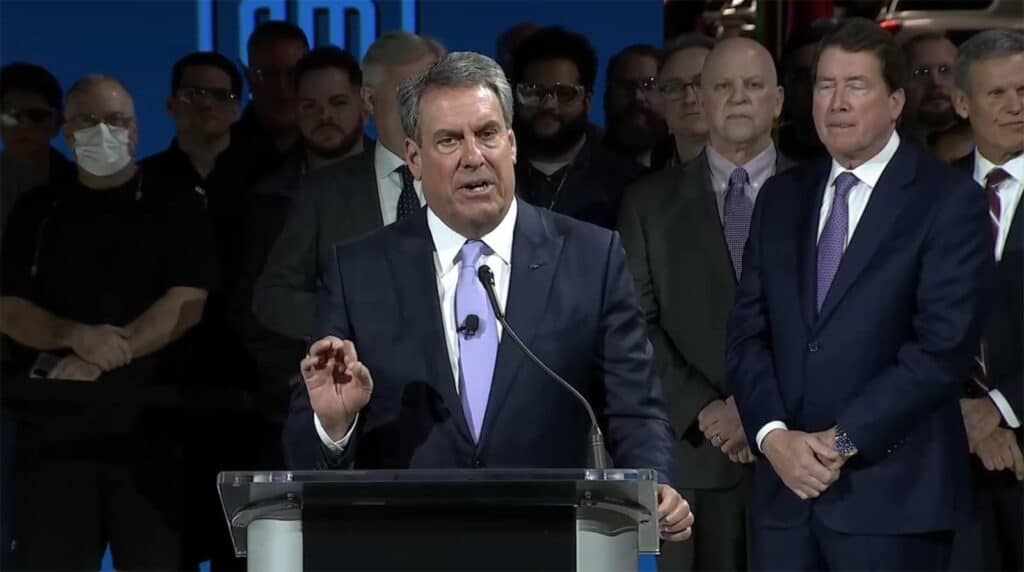
The battery-powered SUV marks a significant milestone for both Caddy and its parent, said General Motors President Mark Reuss. The Lyriq is the latest in what will be a growing line-up of all-electric models, GM set to abandon conventional internal combustion engines entirely by 2035. Caddy plans to switch entirely to battery power by 2030.
“The all-electric Lyriq sets the standard for the future (and is an) important milestone in our commitment to an all-electric future,” said Reuss, who spoke to reporters through a telephone conference call ahead of the official start of Lyriq production.
Cadillac’s new SUV is being assembled at a plant in Spring Hill, Tennessee originally set up to produce vehicles for the once-groundbreaking Saturn division — the brand abandoned a decade ago after GM emerged from bankruptcy.
From one groundbreaker to another
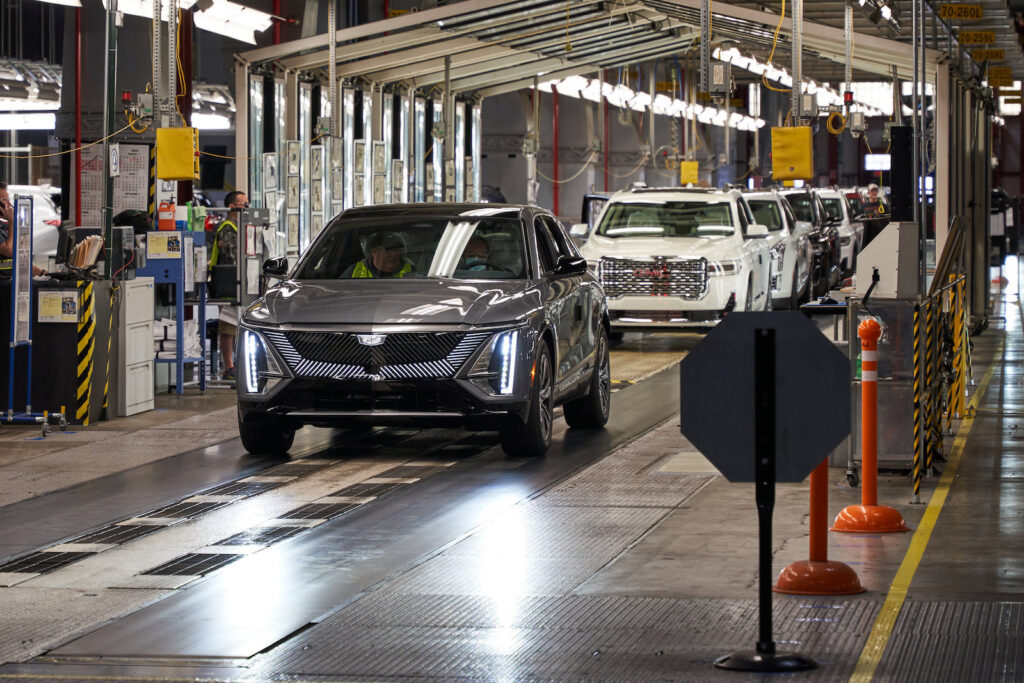
Today, the factory can produce up to 40 vehicles an hour, or “a little under 200,000 (vehicles) a year,” noted Jeff Lamarche, the plant manager who joined Reuss during the media teleconference.
At least initially, the plan is to produce a mix of models, including not only the new Lyriq but also gas-powered models such as the Cadillac XT4 and XT5 SUVs, as well as the GMC Acadia. But, “we can follow the market,” said LaMarche, and shift entirely to battery-powered models, if the demand is there.
“We do have additional models planned for this plant which are EV-based,” said Reuss, though he declined to identify what’s coming.
GM has confirmed it will launch 30 all-electric models by 2025. It recently restarted production of the Chevrolet Bolt EV and EUV models after a four-month halt to deal with battery fire issues. It put the new GMC Hummer EV pickup into limited production late in 2021 and will add more versions in the months ahead.
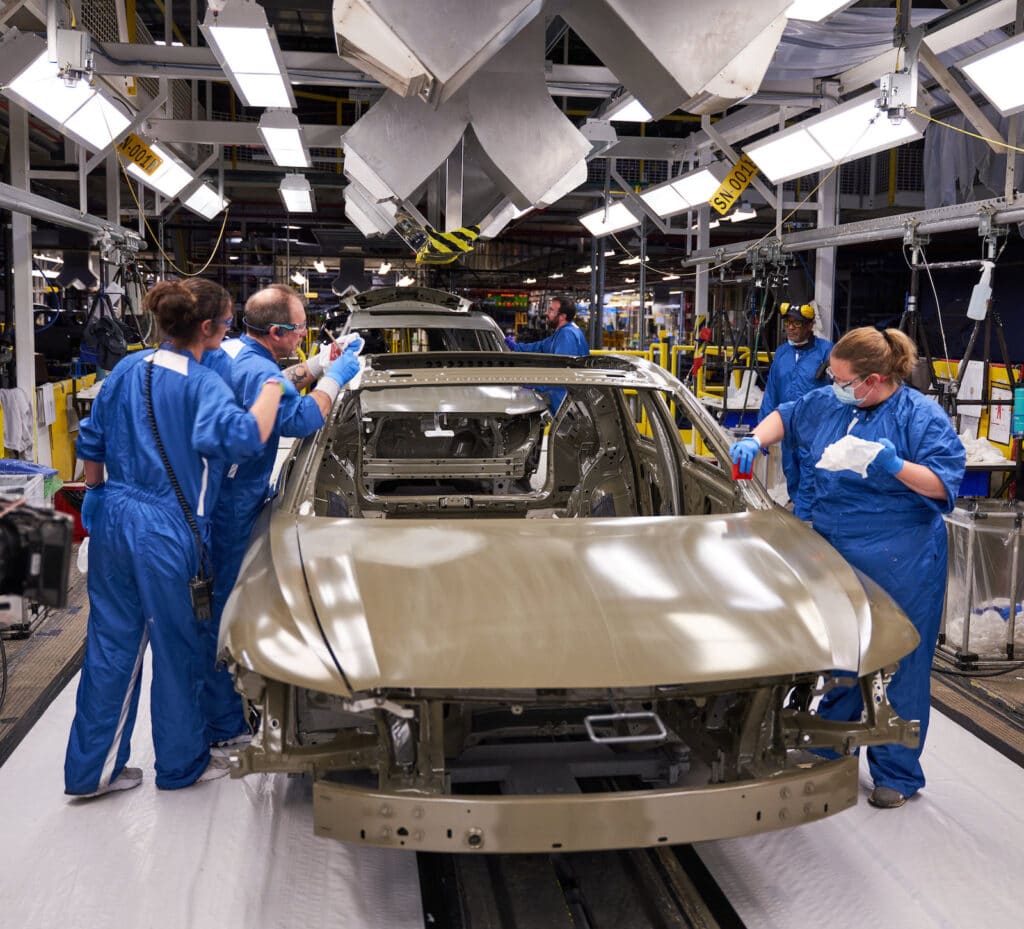
The Detroit automaker has also confirmed plans for a Hummer EV SUV, as well as electric versions of the Chevrolet Silverado and GMC Sierra pickups. It plans to move downmarket with an all-electric version of the Chevy Equinox set to start at under $30,000. Buick has also teased its first U.S. electric vehicle.
Desire for EVs on the rise
Demand for all-electric vehicles remains in single digits, but sales increased 83% last year and have been forecast to see similar growth in 2022. And the spike in fuel prices has resulted in a faster-than-expected surge in interest, according to Cox Automotive and other data tracking services.
The Lyriq has already generated 240,000 “hand-raisers,” according to Rory Harvey, the head of global operations for Cadillac, who also joined the Reuss teleconference on Monday. What remains to be seen is how many actually well place firm orders once the process begins on May 19.
Harvey said he is optimistic a large share will place firm orders, enough that “It may be 2023 before (some customers’) vehicles can arrive.”
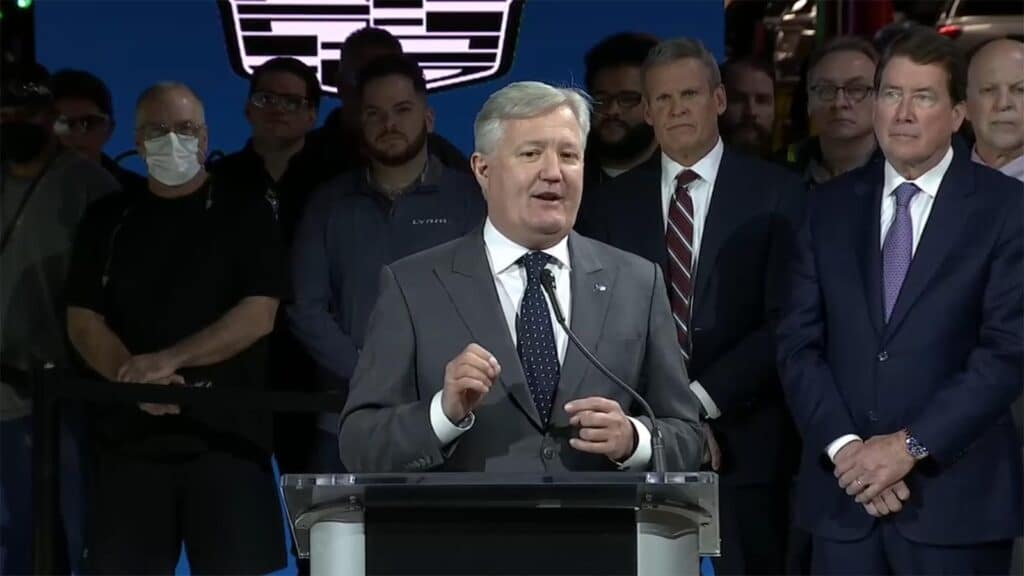
The luxury brand plans to let customers place orders for the new Lyriq in a variety of ways, both online and at dealer showrooms.
Cadillac last year offered a buyout for dealers that didn’t want to make the investment necessary to support the transition to all-electric vehicles, a process that, for larger stores, could run more than $1 million.
The initial response to the Lyriq has been strong. GM officials claim the electric SUV had the highest score in consumer clinic settings of any Cadillac in history.
What’s clear is that it will be a critical offering for a brand that has lost much of its cache in recent decades to foreign luxury marques like Mercedes-Benz, BMW and Lexus.
“This is bringing back Cadillac to leadership, back to tier one luxury and really getting an American luxury brand recognized and highly desirable, from a design, technology and engineering standpoint,” said Reuss.



